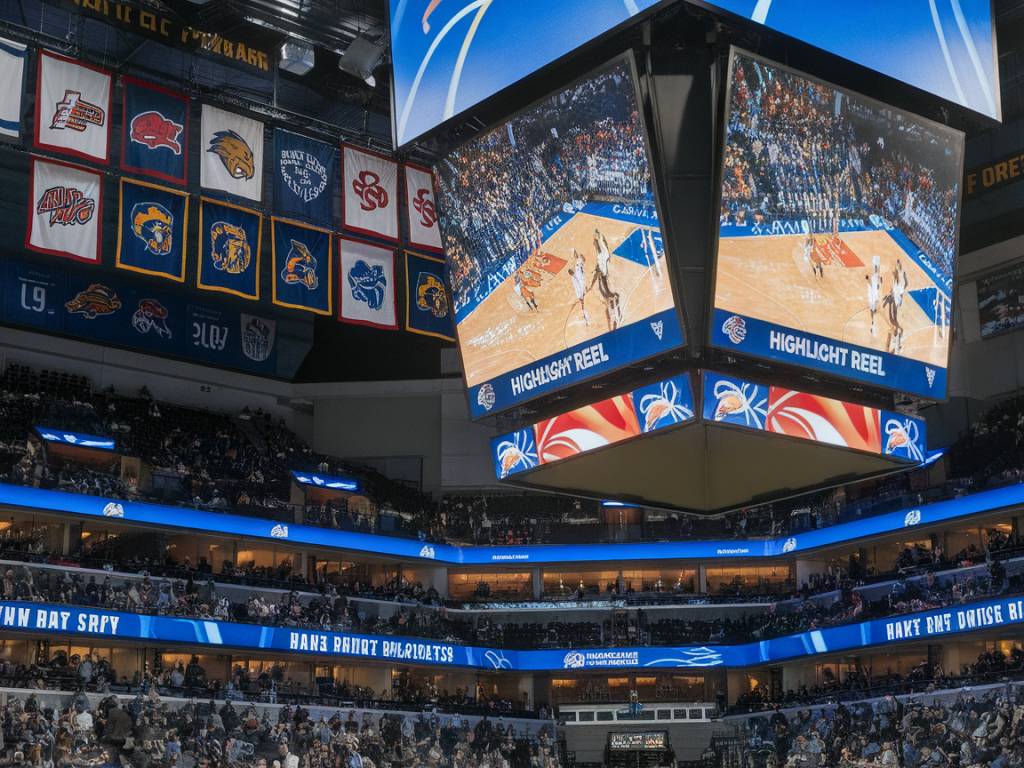In recent years, the landscape of sports media has undergone a dramatic transformation. Where once the narrative of an athlete’s journey was crafted almost exclusively by traditional media outlets, a new era of athlete-driven media has emerged. This shift has allowed athletes to take control of their own stories, providing fans with unprecedented access and insights. In this article, we will explore the factors driving this revolution, the platforms that have facilitated the change, and the implications for the future of sports storytelling.
The Power Shift: Athletes as Content Creators
The traditional model of sports journalism placed athletes in a passive role, with sportswriters, broadcasters, and analysts acting as the gatekeepers of their narratives. However, the rise of social media and digital platforms has empowered athletes to become content creators in their own right.
By leveraging platforms such as Instagram, Twitter, YouTube, and TikTok, athletes can now bypass traditional media channels and connect directly with their audience. This direct communication allows athletes to present their stories in a more authentic and unfiltered manner.
The Role of Social Media
Social media has been a cornerstone of the athlete-driven media movement. It has democratized access to sports stars, breaking down barriers that once existed between athletes and their fans. For example, platforms like Instagram and Twitter offer athletes the opportunity to share updates, behind-the-scenes content, and personal moments in real time.
This direct interaction with fans not only humanizes athletes but also builds a deeper sense of community and loyalty. Additionally, social media provides a platform for athletes to engage in social and political discourse, using their influence to drive awareness and spark change on critical issues.
Long-Form Content: Podcasts and YouTube Channels
While social media is excellent for quick updates and short-form content, long-form content platforms such as YouTube and podcasts have also become popular among athletes. These platforms allow for more in-depth storytelling and provide a space for athletes to elaborate on their experiences, career journeys, and personal lives.
Podcasts, for instance, offer a unique format where athletes can have extended conversations, providing insights that are often missing in traditional media interviews. YouTube channels, on the other hand, allow for a mix of vlogs, tutorials, and documentary-style content, offering a comprehensive look at an athlete’s life both on and off the field.
Subscription-Based Platforms: Exclusive and Premium Content
In addition to free social media and long-form content platforms, many athletes have started to leverage subscription-based platforms like Patreon and OnlyFans to offer exclusive content to their most dedicated fans. By providing subscribers with behind-the-scenes footage, personalized messages, and other premium content, athletes can create an additional revenue stream while strengthening their connection with their community.
These platforms also allow athletes to build a more sustainable and controlled brand presence, free from the constraints of traditional media contracts and sponsorship deals.
The Impact on Traditional Sports Media
The rise of athlete-driven media has had a significant impact on traditional sports journalism. As athletes take control of their narratives, the role of sports journalists and broadcasters is evolving. Rather than being the primary source of athlete stories, traditional media outlets now often act as amplifiers and commentators on the content generated by athletes themselves.
This shift has forced traditional media to adapt, with many outlets now incorporating athlete-generated content into their coverage. Additionally, sports journalists are increasingly engaging with athletes on social media, providing analysis and context to the stories shared by athletes directly.
The Future of Athlete-Driven Media
The athlete-driven media movement is still in its early stages, and its full potential is yet to be realized. With advancements in technology and the growing popularity of digital platforms, the opportunities for athletes to innovate in content creation are virtually limitless. As more athletes embrace their roles as storytellers, we can expect to see even more creative and diverse forms of content emerging.
Furthermore, the success of athlete-driven media may inspire other industries to explore similar models, where individuals take control of their own narratives and connect directly with their audiences. As the lines between athlete, content creator, and influencer continue to blur, the future of sports storytelling promises to be more dynamic and multifaceted than ever before.
Key Players in Athlete-Driven Media
- LeBron James: LeBron James has been a pioneer in athlete-driven media, co-founding the digital media company Uninterrupted. The platform allows athletes to share their stories in their own words, producing a range of content from documentaries to talk shows.
- Serena Williams: Serena Williams has used her social media presence to advocate for various causes, from gender equality to racial justice. Her platforms provide a glimpse into her personal life, training routines, and the issues she’s passionate about.
- Kevin Durant: Kevin Durant’s YouTube channel gives fans an inside look at his life off the court, including his business ventures and philanthropic efforts. Durant’s content is known for its authenticity and relatability.
- Megan Rapinoe: Megan Rapinoe has leveraged her social media presence to advocate for LGBTQ+ rights and gender pay equity. Her platforms serve as both a source of inspiration and activism.
Why It Matters
The rise of athlete-driven media is more than just a trend; it represents a fundamental shift in how stories are told in the sports world. By taking control of their narratives, athletes are not only redefining their brands but also challenging traditional power structures within sports media. This movement empowers athletes to be more than just performers on the field or court, allowing them to become influential voices in broader societal conversations.
For fans, athlete-driven media offers a richer, more nuanced understanding of their favorite sports stars. It humanizes athletes, making them more relatable and accessible. This closer connection can deepen fan loyalty and create a more engaged and invested audience.
In summary, the rise of athlete-driven media heralds a new era in sports storytelling. By leveraging digital platforms, athletes are rewriting the rules and reshaping the landscape of sports media, offering unprecedented access, authenticity, and influence.






More Stories
The future of pay-per-view in the age of digital sports media
How streaming platforms are changing the way we watch sports
The impact of virtual reality on fan engagement in sports